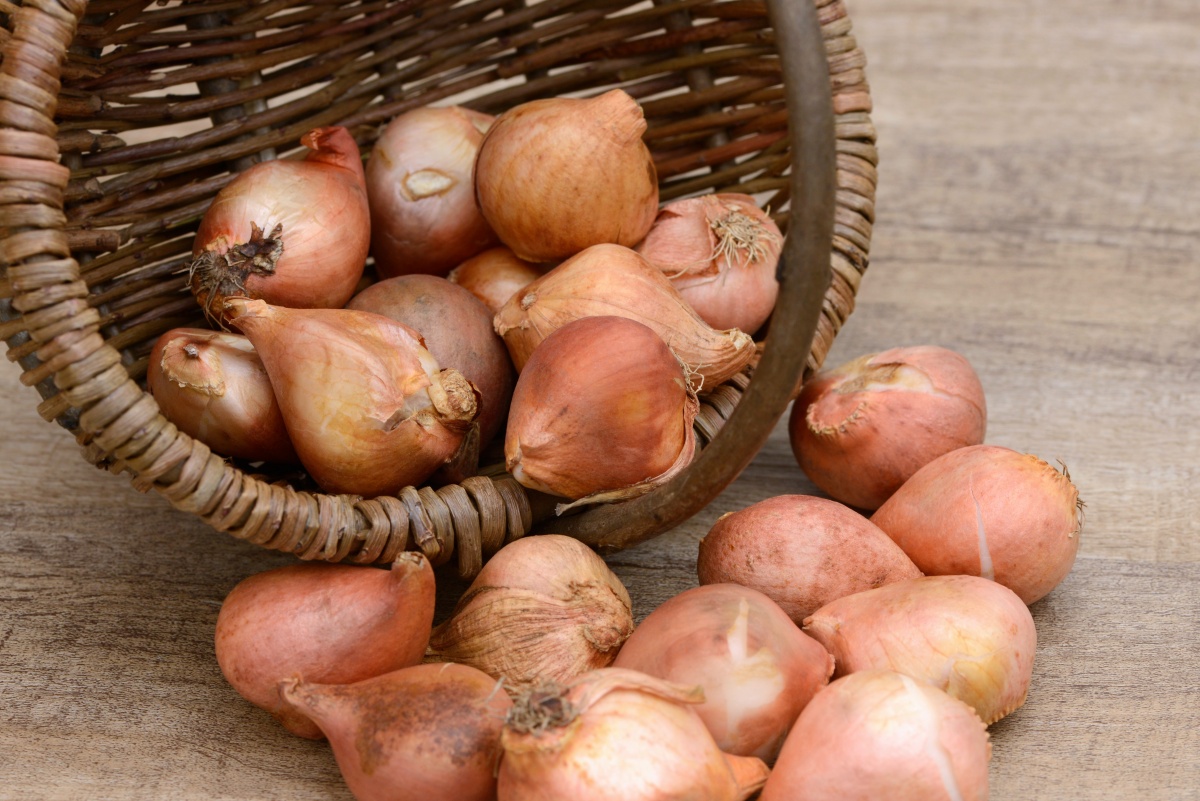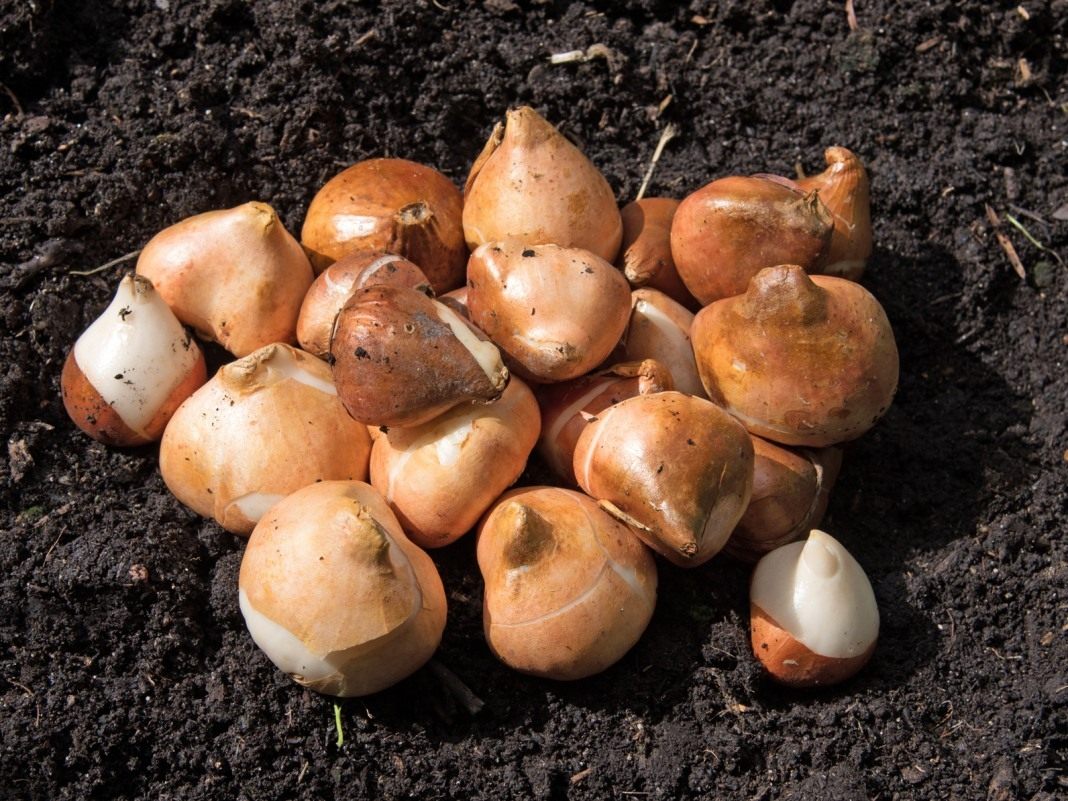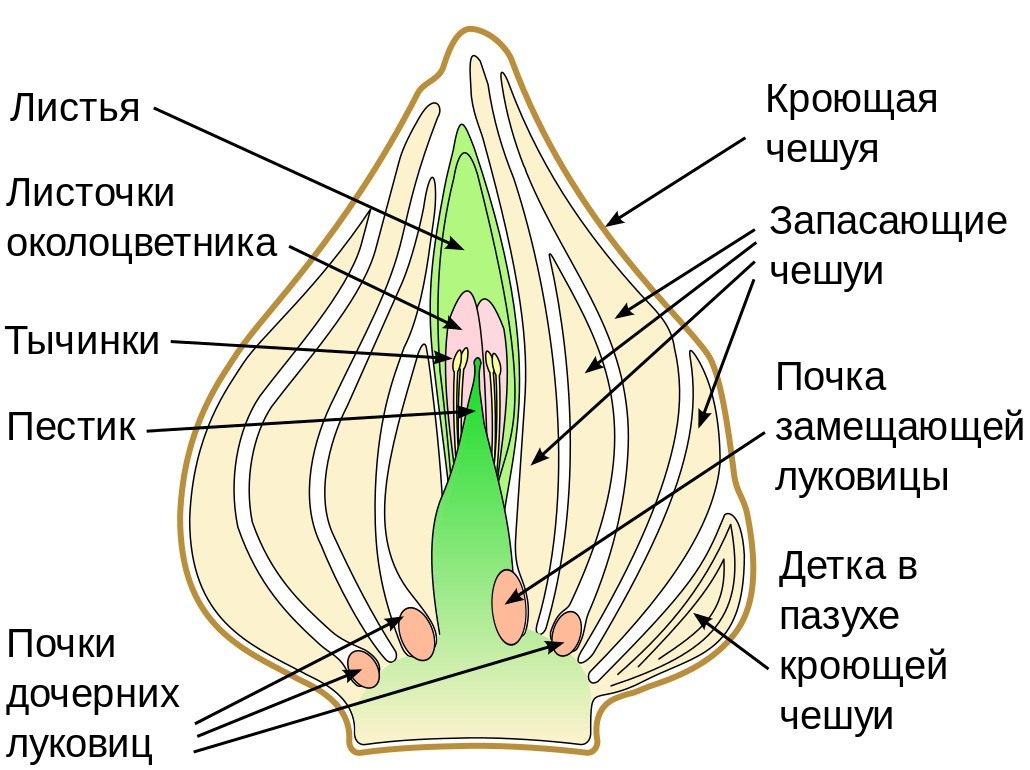Content:
Tulips are very beautiful flowers that come in many colors. However, in order for them to constantly delight the gardener with their flowering, you need to know how to properly care for them, in particular, when to dig up and what to do with tulip bulbs after digging.
General rules for caring for flowers after they are dug
Tulip bulbs, like daffodils, need to be dug up. Many housewives ask themselves the question "I dug up tulips, what should I do next?" The main thing to remember are a few rules:
- It is necessary to dig up plants annually.
- Before handling tulips after digging, each bulb should be inspected for disease, decay, or damage.
- Rinse the bulbs well under running water.
- For the prevention of diseases, the bulbs can be disinfected in hot water (no more than 50 degrees) or a special solution of Karbofos.
- Prepare special boxes for drying.
- Dry the bulbs.
- After sorting and before planting, you need to process the material with potassium permanganate.
Why do they dig up tulips in the open field
Such manipulations are performed every year in order to preserve the life of the plant for many years. If you do not dig out the bulbs, then a gradual crushing of the flowers can occur, as well as the death of the plant itself. This is because in the ground, the root system of the plant is prone to infections. Also, excessive moisture, for example, during the rainy season, can lead to rotting of the bulb. Digging can also help prevent the spread of soil contamination and provide the healthiest flowers in the garden.
When tulips are dug up and how to store bulbs
Many people start digging tulips right after they have faded. This option is more suitable for industrial cultivation of flowers. In the home garden, you should not rush to this, but rather prepare the tulips properly in order to ensure the good development of the bulb.
The peduncle should be removed first to prevent the seed pods from ripening. After that, it is necessary to water the plants for several weeks, as well as once fertilize with fertilizer. Once the leaves turn yellow, they should be trimmed.
What to do with tulip bulbs after digging
Having carried out all the above manipulations, it is necessary to prepare the bulbs for storage.
To begin with, all the excavated material must be sorted out, separating diseased and rotten bulbs from healthy and ripe bulbs. Then rinse them under the tap and put them on the drawers to dry. It is also necessary to treat the bulbs with manganese (the treatment must also be repeated before planting).
How to properly dry tulips at home
After all the necessary processes for preparing the bulbs have been carried out, they must be properly dried.To do this, they are laid in 1-2 layers in a mesh box and placed in a well-ventilated room.
For the first drying, it is necessary to maintain an air temperature of about 23-25 degrees for several days until the nests begin to disintegrate. Then sorting is performed by:
- children of the first and second analyzes about one and a half centimeters in size;
- bulbs starting from three centimeters;
- large bulbs starting from four centimeters in size.
It is imperative to carry out cleaning, removing the remains of stems and scales. When separating the bulbs from each other, it is important not to leave any cracks. Instances of irregular shape must be removed, as they can be carriers of various infections.
Then they are sent back to drying at a temperature of 24-25 degrees for a few more days. In August, the temperature is lowered to 20 degrees, and in autumn - to 17.
What to do with dug up tulip bulbs after drying
Bulbs should be kept at a relative humidity of no more than 70%. After drying, it is also necessary to maintain the temperature at 17 degrees and keep it until the very planting.
It is recommended that specimens be examined once a week for parasite infestation or disease.
For some varieties, it is possible to keep in the refrigerator at a temperature of 3 to 5 degrees. In this case, to preserve the bulbs, prepare a plastic bag with several small holes in the bottom. Then add about a 10 cm layer of peat. Then the bulbs themselves are laid, without touching the edges of the bag, and sprinkled with another layer of peat-powder in a layer of 12 cm. Repeat this procedure until the bag is filled.
After that, the bag is tied and placed in a special container. With this method, the seed can be stored at temperatures of 3-5 degrees, as well as at a humidity of 40-45%.
In order not to overdry the bulbs, before planting, it is necessary to raise the humidity to 100%, which will also ensure proper germination in the future.
What problems can arise?
High humidity can cause mold or rot. At the first detection of these signs, it is necessary to remove the damaged bulbs from the rest. With a small amount of mold, you can simply wipe the bulbs with a rag.
If suddenly a rotten smell appears in the room, you need to eliminate its source and for a short time be sure to triple the ventilation of the room.
Many people do not know that the process of forming a new flower begins from the very moment the plant is excavated. Therefore, it is important to observe the temperature regime and maintain the required air humidity, since these 2 parameters greatly affect the health, as well as the beauty of future flowers. Keeping your bulbs carefully monitored each year will help keep your home garden healthy and beautiful for years to come.















